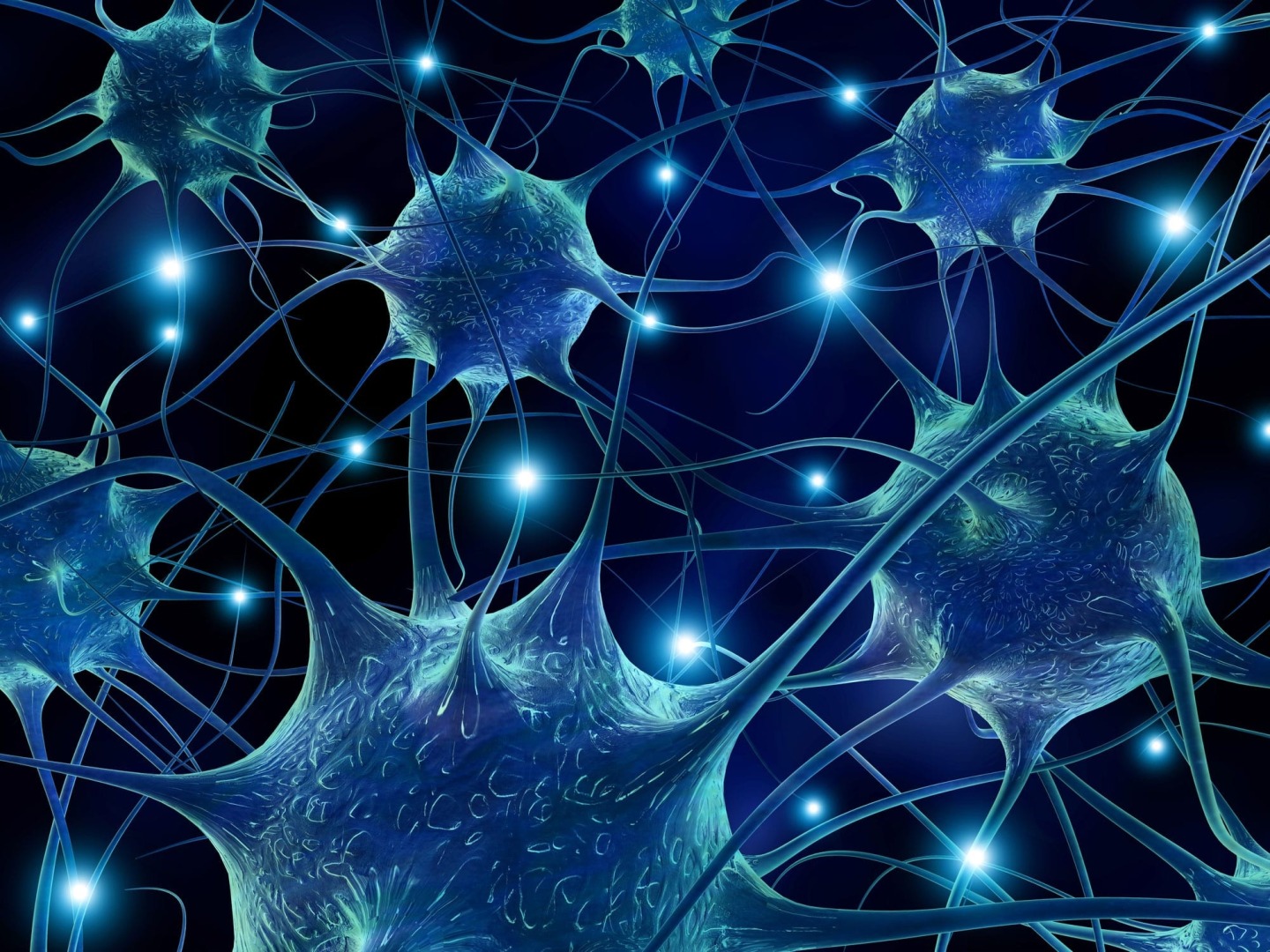Comments
- No comments found

There is a recent article in Quanta Magazine, What a Contest of Consciousness Theories Really Proved, stating that “A further complication was that the experimental results depended on the type of brain recording technique used. That’s not surprising since each technology provides a different lens into the brain. Functional magnetic resonance imaging (fMRI), for instance, tracks blood flow and offers good spatial resolution but is too sluggish to keep up with the pace of chatter among the neurons. Magnetoencephalography (MEG), on the other hand, tracks brain chatter but has poorer spatial resolution. It also makes a difference whether researchers are measuring signal strength in specific locations of the brain or analyzing patterns over wider areas.”
“The upshot was that despite the wealth of experimental data gathered to study the correlates of consciousness, the uncertainties gave theorists room to claim that the data supported their preferred explanations.”
Consciousness is associated with the cerebral cortex. The cerebral cortex is corrugated or has gyrification, with several gyri and sulci. The cerebellum has more neurons than the cerebral cortex, but less convoluted. Might gyrification be a factor in consciousness?
Consciousness is said to define being and experience, or to know what it feels like to be an organism and have experiences like seeing red or to smell something. The neural correlates of consciousness are sought, but what roles might gyrification play?
It is proposed that the collection of the electrical and chemical impulses of nerve cells, with their features and their interactions are the human mind. Different parts of the brain have different centers. These centers have sets or loops of impulses. There can be multiple loops within a center. These loops communicate within and without. They are also structured and positioned like a crankshaft, with some up or sideways and others down and so forth.
There are arrangements of loops that decide certain moods, especially sleep, where the secretion of chemical messages for sleep, melatonin and adenosine, from their different loops intensely change their drifts, which then affects their loops and others around, changing their positions too. As these arrangements take a particular form, sleep settles, closing out inputs from relaying fully from the thalamus. However, when there is some heavy light, sound or sharp touch like hot or cold, it hits a loop in the thalamus, removing it from that balance, resulting in waking up. There could also be a general receding of melatonin and adenosine, resulting in their loops changing position and waking up as well. There are other cases where loop arrangement makes decisions.
There are features of impulses within these loops that decide their functions, including modulations, emotions, feelings, memories, thoughts, sensations, perceptions and so forth.
It is postulated that every gyrus and sulcus in the cerebral cortex have their loops, some multiple. It is this how they are specialized for functions, in different areas. It is these loops that come to matter in some of the descriptions of experience, as consciousness.
A loop is the group of all electrical and chemical impulses. This means that when they fire or when exchanges happen in synaptic clefts, they happen in a way that as a group, there is a fill or rationing to determine what is appropriate enough for experiences.
Stairs or drifts are a feature of chemical impulses, as well as of electrical impulses. It is the rationing of certain measures of different chemical messages in the right proportion that defines what a taste is, or smell, or an emotion. Also, the fill in that loop, is how learning or encoding happens.
Stairs or drifts for electrical impulses are myelin sheaths, where, theoretically, some within the same loop, leap from node to node, to interact with chemical impulses ahead of others, before they follow, explaining what is referred to as predictive coding, processing and prediction error.
All stairs or drifts of chemical impulses have a part for the sense of self. There is access to parts of some of this sense of self, due [conceptually] to the shape of the loops, these parts with access decide control, or free will or intentionality.
Gyrification creates more loops of impulses. The differences in gyri and sulci across ensure the loops are different making them take on different functions. Some of these functions align with conscious experiences.
Loops of impulses also explain the mind, from where the body is regulated. Or, all parts of the body have representative loops of impulses, explaining how the mind and the body are linked. These loops are involved in modulation. They are also a major factor during sleep and for dreams.
Leave your comments
Post comment as a guest